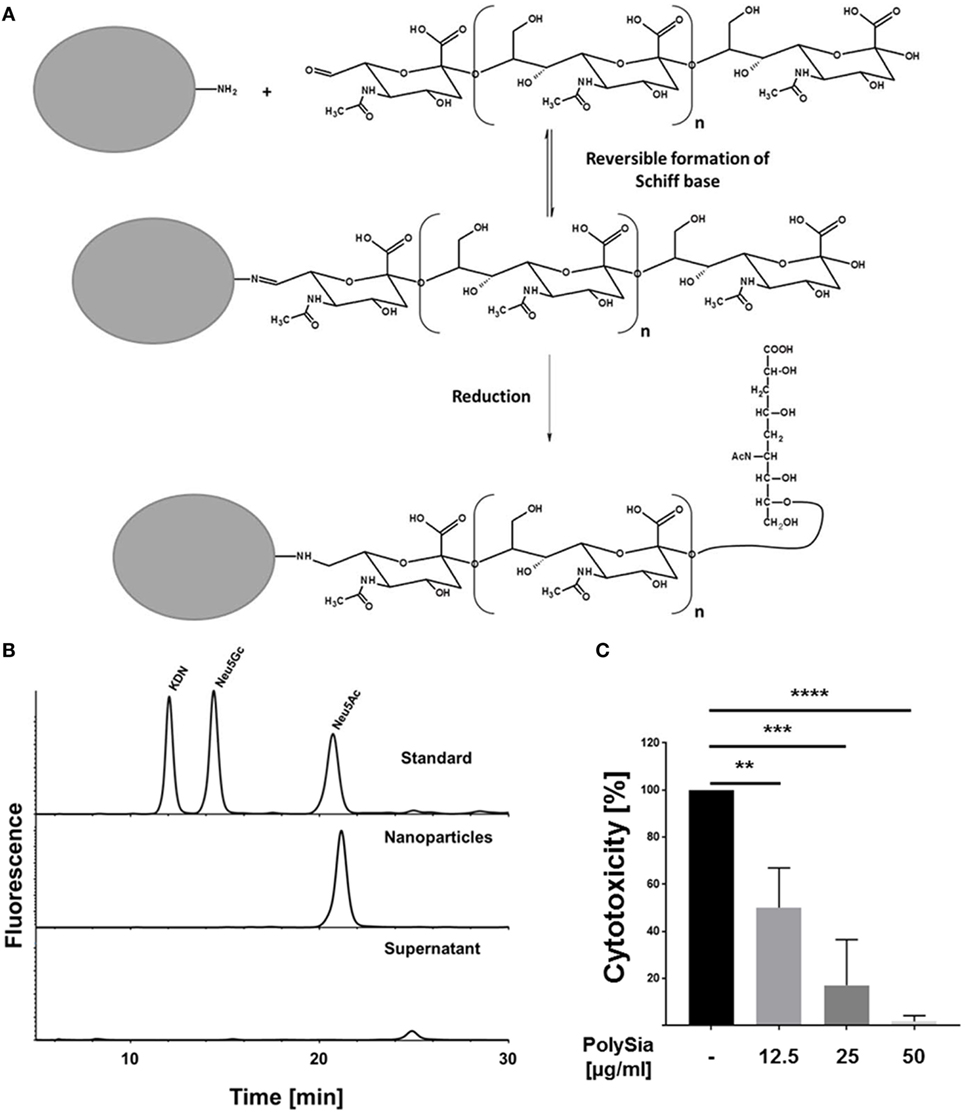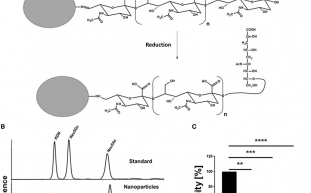제 품 PRODUCT
제 품에 35519개의 게시물이 등록되어 있습니다.

Bird’s nest acid, also known as sialic acid, sialic acid, scientific name "N-acetylneuraminic acid", is a naturally occurring carbohydrate. Don't hesitate to get in touch with us if you are desirous about wholesale sialic acid, we can't let you down. Not solely wholesale sialic acid we produced have certificated the international industry customary, however we may also meet your customization needs. RNA viruse are likely to have excessive mutation rate-greater than 10.000 instances higher than that of human or viral DNA- and that is true of all the influenza viruses. Although the very younger and elderly are usually at the most danger from influenza, the influenza pandemic of 1918-1919 was unusual in that mortality was high in health young adults. All three influenza viruses infect man and trigger illness, but influenza A represents probably the most serious human pathogen as a result of it causes very large, recurrent epidemic and even pandemic with significant mortality. Although it is not clear whether or not a new pandemic is imminent, it would be prudent to take into consideration the classes we've learned from studying completely different human and animal influenza viruses. Furthermore, reclassification of influenza A viruses signifies that H1N1 viruses circulated from not less than 1918 till 1957. Thus, it is now clear that influenza pandemics occur at unpredictable intervals.
![]() The pandemic of 1918 occurred earlier than influenza virus could possibly be isolated and it has not been possible to study the virus within the laboratory utilizing modern instruments. 1) Cinti S; Pandemic influenza: are we prepared? The fast, international unfold of pandemic influenza could also be a comparatively trendy development associated to increases in population and the expansion of transportation programs vital for the worldwide transmission of the novel virus. In distinction to measles, smallpox and poliomyelitis, influenza is attributable to viruses that bear continuous antigenic change and that possess an animal reservoir. Recent phylogenetic research of influenza A viruses have revealed species-particular lineages of viral genes and have demonstrated that the prevalence of interspecies transmission depends upon the animal species. In Florence through the time of the Renaissance, astrologers linked a curious juxtaposition of stars with an outbreak of infection in the town and attributed it to the "influence" of the stars, therefore influenza. Known in the sixteenth century as "the newe Acquayntance", influenza nonetheless causes major outbreaks of acute respiratory infection. The temperature rises quickly to round 39 C. Influenza isn't characterized by runny noses or sore throats firstly, as are frequent cold infections. About eighty p.c of them are haemagglutinin antigen and the reminders are one other antigen, neuraminidase, and have a mushroom-like shape.
The pandemic of 1918 occurred earlier than influenza virus could possibly be isolated and it has not been possible to study the virus within the laboratory utilizing modern instruments. 1) Cinti S; Pandemic influenza: are we prepared? The fast, international unfold of pandemic influenza could also be a comparatively trendy development associated to increases in population and the expansion of transportation programs vital for the worldwide transmission of the novel virus. In distinction to measles, smallpox and poliomyelitis, influenza is attributable to viruses that bear continuous antigenic change and that possess an animal reservoir. Recent phylogenetic research of influenza A viruses have revealed species-particular lineages of viral genes and have demonstrated that the prevalence of interspecies transmission depends upon the animal species. In Florence through the time of the Renaissance, astrologers linked a curious juxtaposition of stars with an outbreak of infection in the town and attributed it to the "influence" of the stars, therefore influenza. Known in the sixteenth century as "the newe Acquayntance", influenza nonetheless causes major outbreaks of acute respiratory infection. The temperature rises quickly to round 39 C. Influenza isn't characterized by runny noses or sore throats firstly, as are frequent cold infections. About eighty p.c of them are haemagglutinin antigen and the reminders are one other antigen, neuraminidase, and have a mushroom-like shape.
Influenza A viruses have been designated on the idea of the antigenic relationships of the exterior spike haemagglutinin (HA) and neuraminidase (NA) proteins. Type B strains are designated on the same system, but without H and N numbers since main modifications in these antigens have to this point not been observed. These mutations give rise to adjustments in the viral polypeptides, such as HA which, out of a complete of 250 amino acids, undergoes two or three amino-acid substitutions each year. The sequences from these three victims have been virtually identical and showed that the virus belong to strain H1N1. Virus multiplies in the epithelial cells within the nose and sinus passages and destroys the cilia, that are an important ingredient within the defense of the respiratory system. There are not any distinction between Influenza A and B as regards the clinical picture. There are four antigens present, the haemagglutinin (HA), neuraminidase (NA), nucleocapsid (NA), the matrix (M) and the nucleocapsid proteins (NP).
 The haemagglutinin (HA) is a rod-formed glycoprotein with a triangular cross-part. In earlier years HA and NA antigens driving from birds and other animals have been given applicable letters (as an example Hsw for haemagglutinin of a swine -sort virus or Nav for a neuraminidase of avian origin). It was first identified by its potential to agglutinate erythrocytes, therefore its title, but it's now apparent that it additionally has essential roles in the attachment and entry of virus to the cells of the host and in determining virulence. Myxo derives from the Greek for mucus and refers to the ability of these viruses to attach to mucoproteins on the cell surface; ortho means true or common, as in orthodox, and distinguishes these viruses from the Paramyxoviridae (measles is a member of this family). Although laymen discuss with many incapacitating respiratory infection as "flu", true influenza is brought on by the small family of the Orthomyxoviridae. They are: Influenza virus A, B and C as well as Thogoto-like virus which is a tick-borne virus of mammals. Influenza viruses A and B are intently related, but influenza A infects a large spectrum of birds and mammals together with humans, whereas influenza B infects only humans.
The haemagglutinin (HA) is a rod-formed glycoprotein with a triangular cross-part. In earlier years HA and NA antigens driving from birds and other animals have been given applicable letters (as an example Hsw for haemagglutinin of a swine -sort virus or Nav for a neuraminidase of avian origin). It was first identified by its potential to agglutinate erythrocytes, therefore its title, but it's now apparent that it additionally has essential roles in the attachment and entry of virus to the cells of the host and in determining virulence. Myxo derives from the Greek for mucus and refers to the ability of these viruses to attach to mucoproteins on the cell surface; ortho means true or common, as in orthodox, and distinguishes these viruses from the Paramyxoviridae (measles is a member of this family). Although laymen discuss with many incapacitating respiratory infection as "flu", true influenza is brought on by the small family of the Orthomyxoviridae. They are: Influenza virus A, B and C as well as Thogoto-like virus which is a tick-borne virus of mammals. Influenza viruses A and B are intently related, but influenza A infects a large spectrum of birds and mammals together with humans, whereas influenza B infects only humans.
-

Excessive Wholesale Sialic Acid
2024년 10월 09일
-
Top Guide Of Sialic Acid Manufacturer
2024년 10월 09일
-
You Don't Have To Be A Big Corporation To Have A Great Sialic Acid Manufacturer
2024년 10월 09일
-
Gay Porn
2024년 10월 09일
-
Kreditlaufzeit
2024년 10월 09일
-
La Truffe Noire Et La Truffe Blanche - Parlons Caviar
2024년 10월 09일
-
Ein Kleinkredit Ist Eine Form Des Darlehens, Die Sich Durch Eine Relativ Geringe Kreditsumme Auszeichnet Und Häufig Für Kleinere Anschaffungen Oder Zur Überbrückung Kurzfristiger Finanzieller Engpässe Genutzt Wird.
2024년 10월 09일
-
Baudarlehen
2024년 10월 09일
-
Livescore.com.co
2024년 10월 09일
-
Kreditrechner
2024년 10월 09일
-
Salade Mozarella Di Buffala à La Truffe
2024년 10월 09일
-
Finanzierungskonditionen: Finanzierungskonditionen Beziehen Sich Auf Die Bedingungen, Unter Denen Ein Darlehen Gewährt Wird, Einschließlich Zinssatz, Laufzeit, Tilgungsmodalitäten Und Gebühren.
2024년 10월 09일
-
Gay Porn
2024년 10월 09일
-
MycoDB : Fiche De Tuber Macrosporum
2024년 10월 09일
-
Immobilienfinanzierung: Immobilienfinanzierung Umfasst Alle Finanzierungsformen, Die Zum Erwerb, Bau Oder Zur Renovierung Von Immobilien Genutzt Werden.
2024년 10월 09일
-

Top Four Tips Picking Genuine Silver
2024년 10월 09일
-
Organizing Your Tricky Business And Personal Taxes
2024년 10월 09일
-
Ein Kredit Mit Schufa Ist Ein Darlehen, Bei Dem Die Kreditwürdigkeit Des Antragstellers Durch Die Schufa Geprüft Wird.
2024년 10월 09일
-
Immobilien-Investitionskredite: Diese Kredite Sind Speziell Für Den Kauf Oder Die Renovierung Von Immobilien Gedacht, Die Als Investition Dienen.
2024년 10월 09일
-
Gay Porn
2024년 10월 09일
